In this guide, we'll explore the fascinating Roman history of Zurich, from its origins to its eventual demise. From access routes to insider tips and historical facts, we explain the significance of various Roman artifacts in Zurich.
Whether you're a history buff or just looking for some interesting trivia about Zurich, this ultimate guide to Turicum is for you!
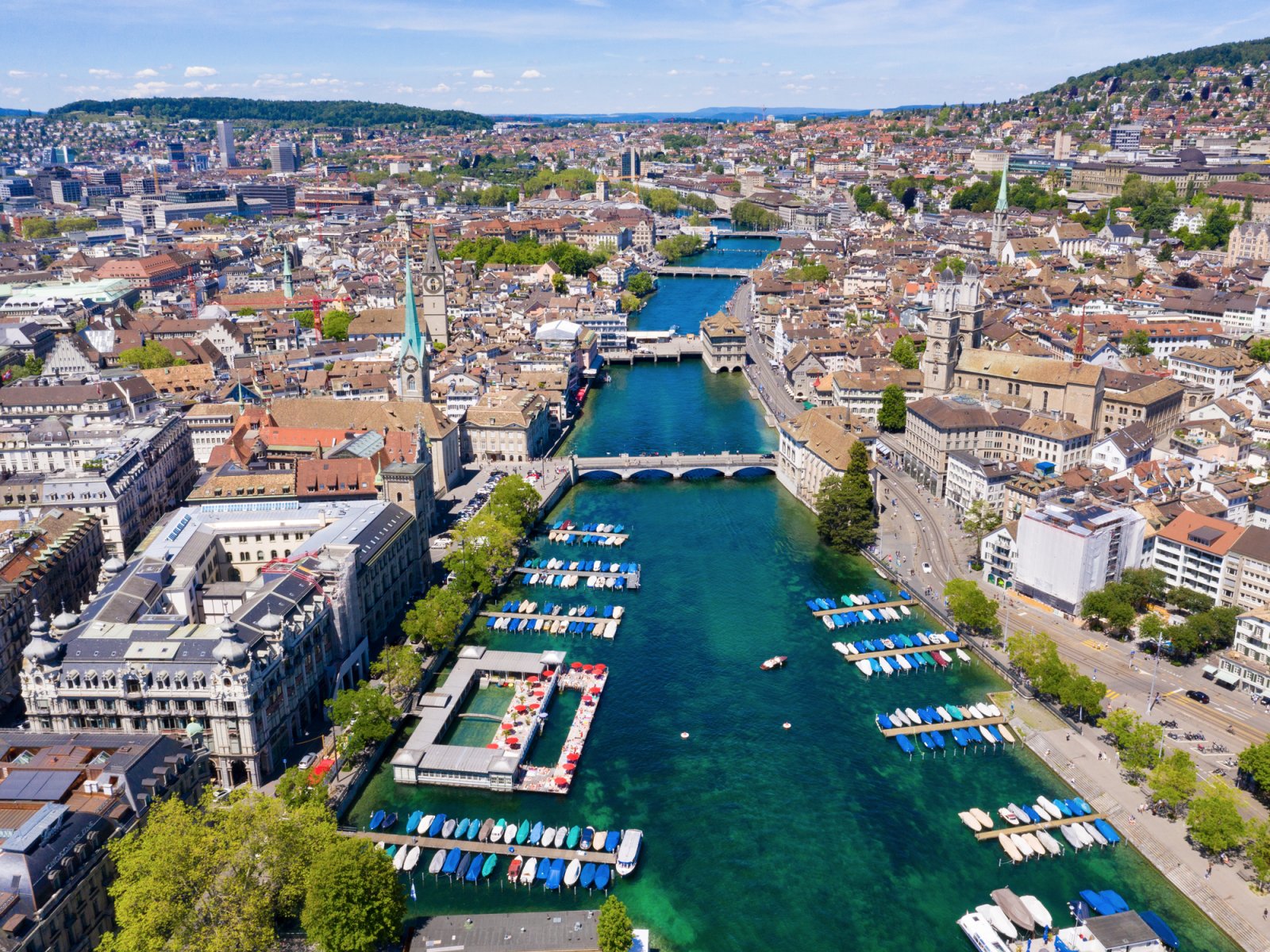
Zürich's Roman name is Turicum
Not only has the city by the Limmat been referred to as a Roman station as early as 200 AD, but archaeological artifacts found in the lake and on nearby Üetliberg also suggest that the area has been populated since 4200 B.C.
It is a minor wonder that with every ditch dug in the inner city and many restoration works, new treasures of Zürich's earliest days come to light.
Around 80 to 70 B.C., Turicum (Roman for Zurich) was a village of fewer than one hundred inhabitants on the fringe of the Roman Empire.
The main road heading northeast from Aventicum (Avenches) through Aquae Helveticae (Baden) to Vitudurum (Winterthur) and Arbor Felix (Arbon) bypassed the village completely.
The town‘s position at the end of two large bodies of water, Walensee and Lake Zurich, eventually made it the choice for a border post. Lake-going cargo ships from the east in Raetia transferred their goods to riverboats. They paid duty at the toll station in Turicum for transportation downriver and to points west.
To this day, Zurich remains a treasure trove for history buffs. For one, you could stroll through the old town and look at three of Zürich's iconic churches: Grossmünster, St. Peter, and Fraumünster (the latter containing the famous stained glass windows).
Blue signs at several houses show bits of information about each building - and sometimes even its former residents. As a tourist, you will probably also wander to Lindenhof, which sat on a hill in the middle of the old town and used to serve as a fortification in Roman times.
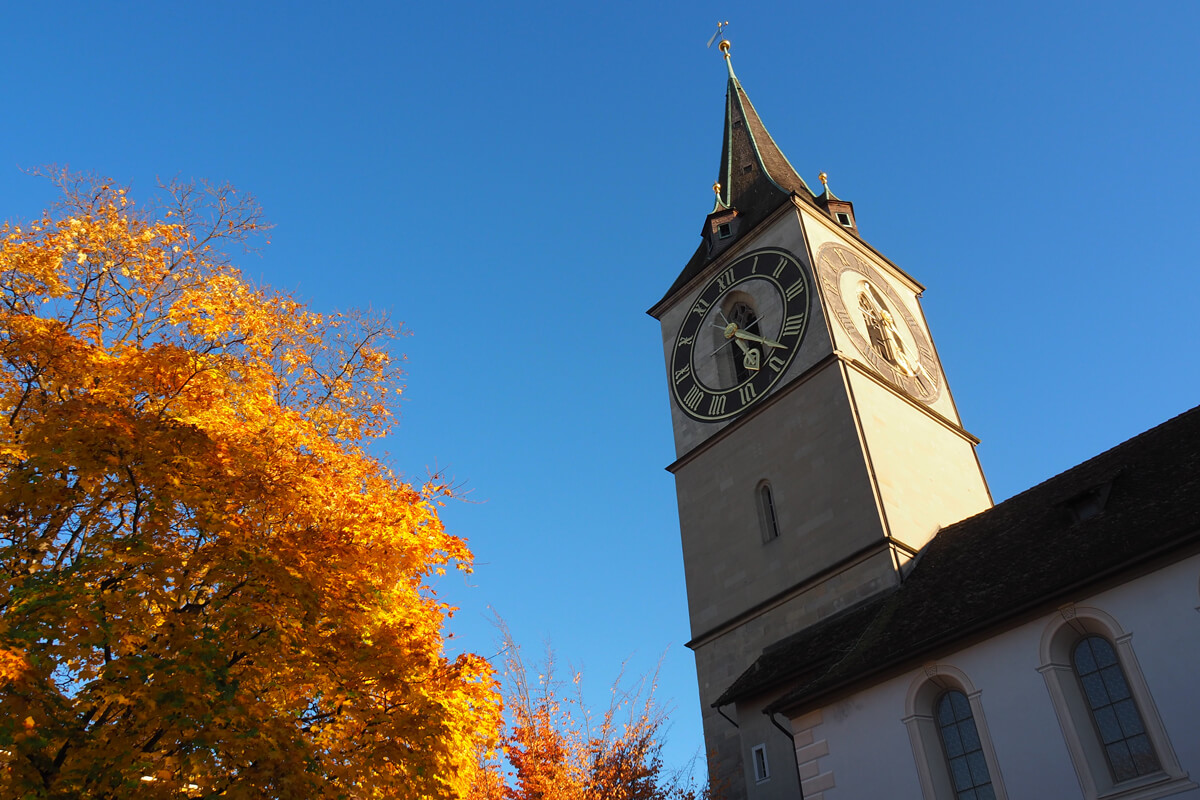
How to discover Zürich's Roman history
Rennweg -> Pfalzgasse -> Lindenhof Square
Once you ascend to Lindenhof square, notice the replica of a gravestone belonging to one Lucius Aelius Urbicus. The original gravestone dates back to 185/200 AD and is displayed at the Swiss National Museum.
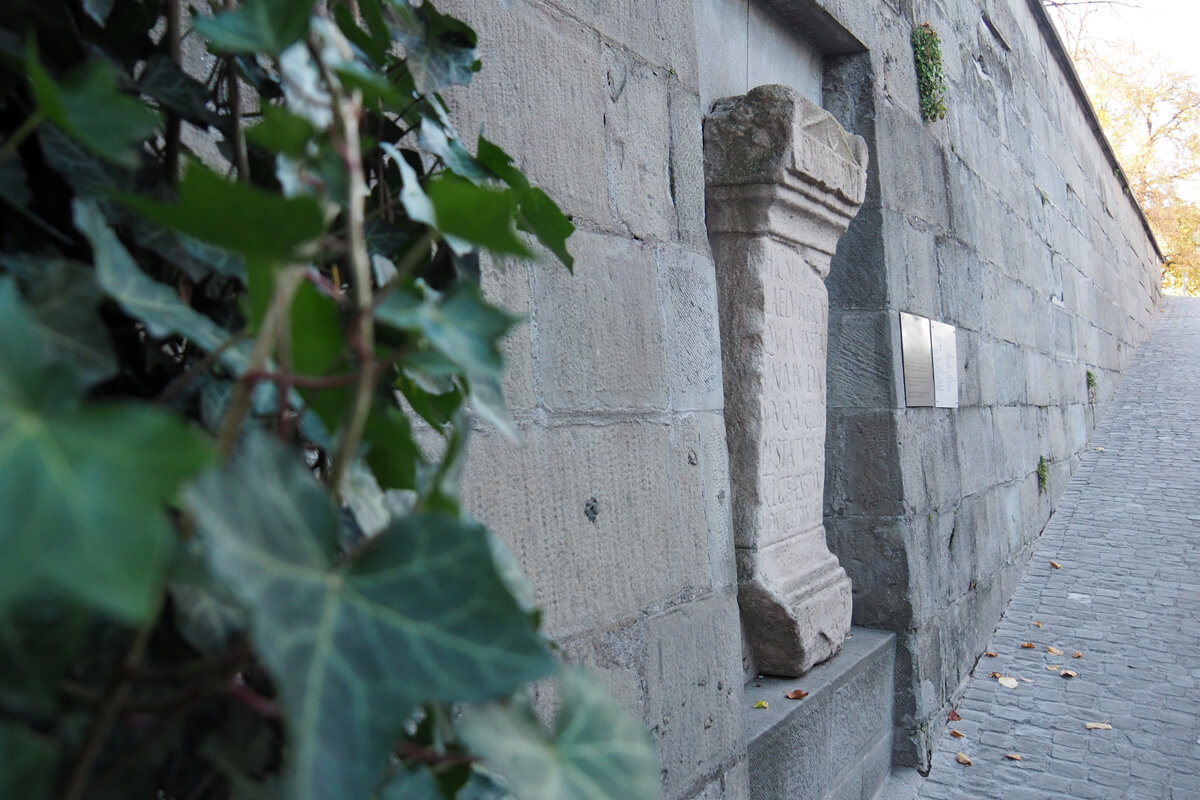
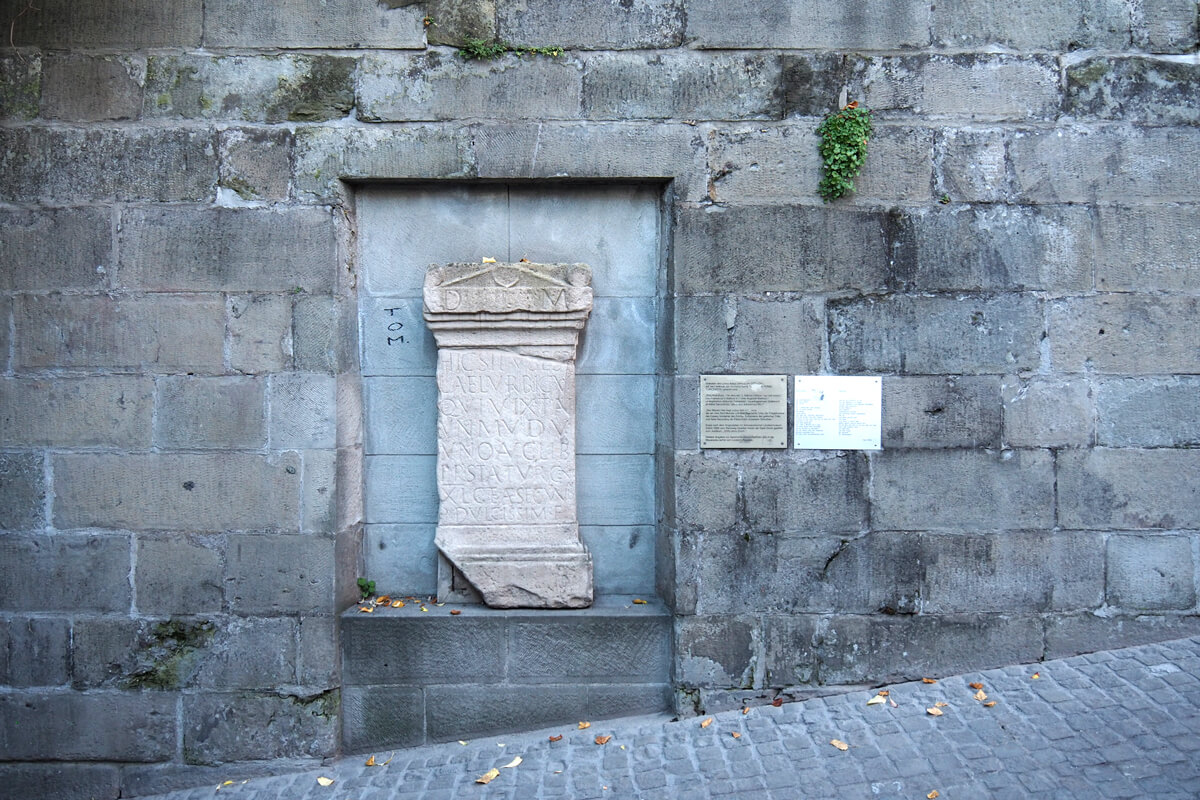
Once at the top of the slope, this is the historic Lindenhof square that so many residents of Zürich treasure:
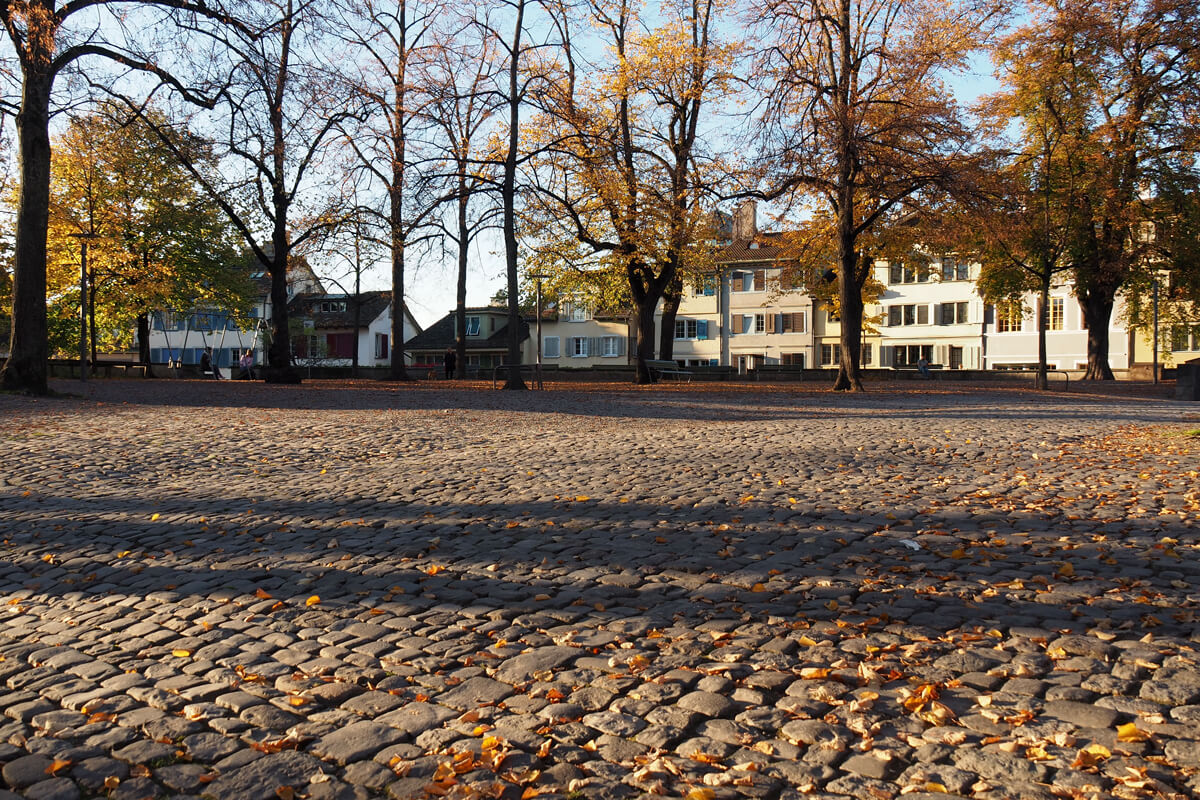
How to find the Roman bathhouse in Zurich
As you make your way down towards the Fraumünster church, you can actually walk across the remains of a Roman thermal bath in the Thermengasse. The remains were discovered in 1983/1984 when a large part of Zurich's old town streets were dug up to lay new pipes.
After two years of archeological work, the greater portion was cataloged and re-buried. A small strip was left exposed and is open to the public on Thermengasse, a narrow, steep alley connecting Weinplatz with St. Peter's Church.
The excavation site is covered with metal grating, creating a walkway over what remains of the pillars of the baths' old heating system, in which a hypocaust circulates hot air through flues, heating the floors and walls in the building. With a series of wall plaques offering information on the old Roman settlement and its baths, you can easily imagine a time when Zürich was even smaller than it is now.
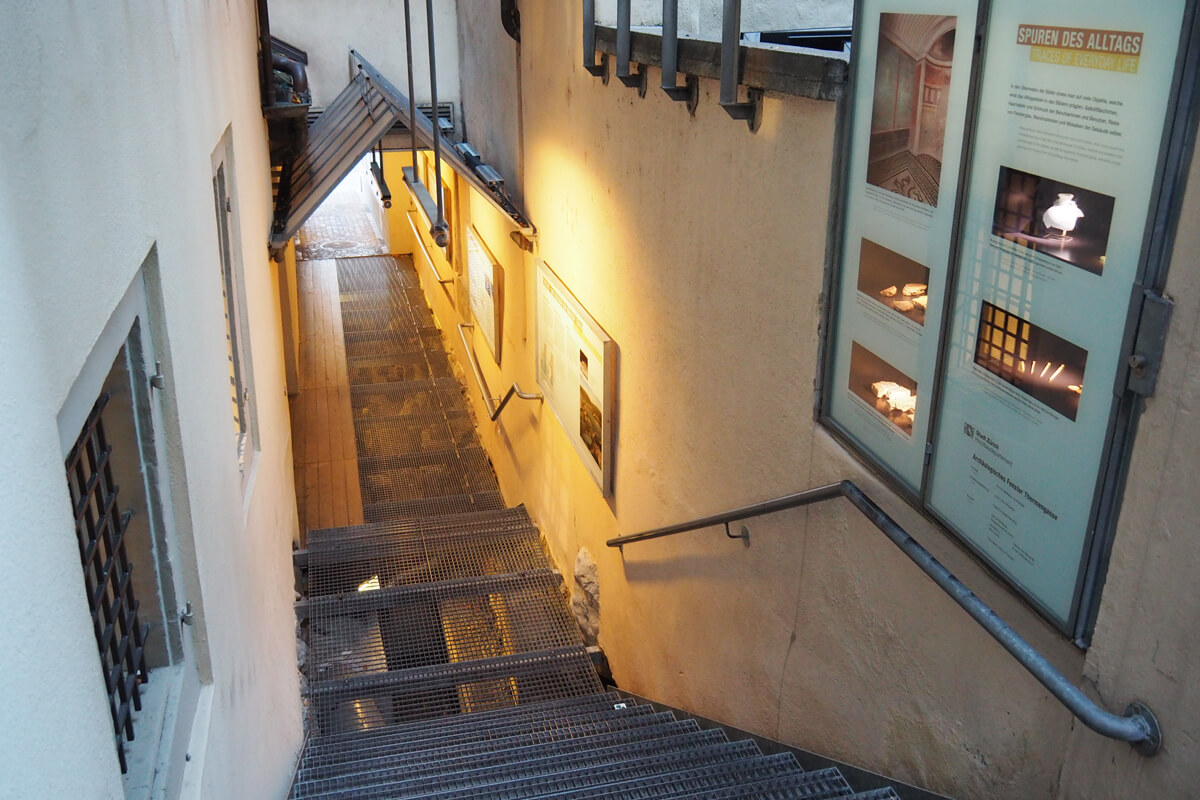
About the history of the Roman bathhouse in Zurich
Thanks to Katrin Gygax for contributing this section!
The original baths at Thermengasse show that even a small outpost benefited from the Roman social service of baths for the general public. As the rest of the Roman Empire expanded and settled, Turicum would expand.
Renovations to the baths in the second century AD, plus an addition in the third century AD, enlarged them to approximately three times their original size. Originally modest buildings with a cold pool (frigidarium), humid-hot room (caldarium), and a steam bath (lanconicum) similar to the Scandinavian saunas of today, the Roman "therms" eventually developed into elaborate pleasure palaces.
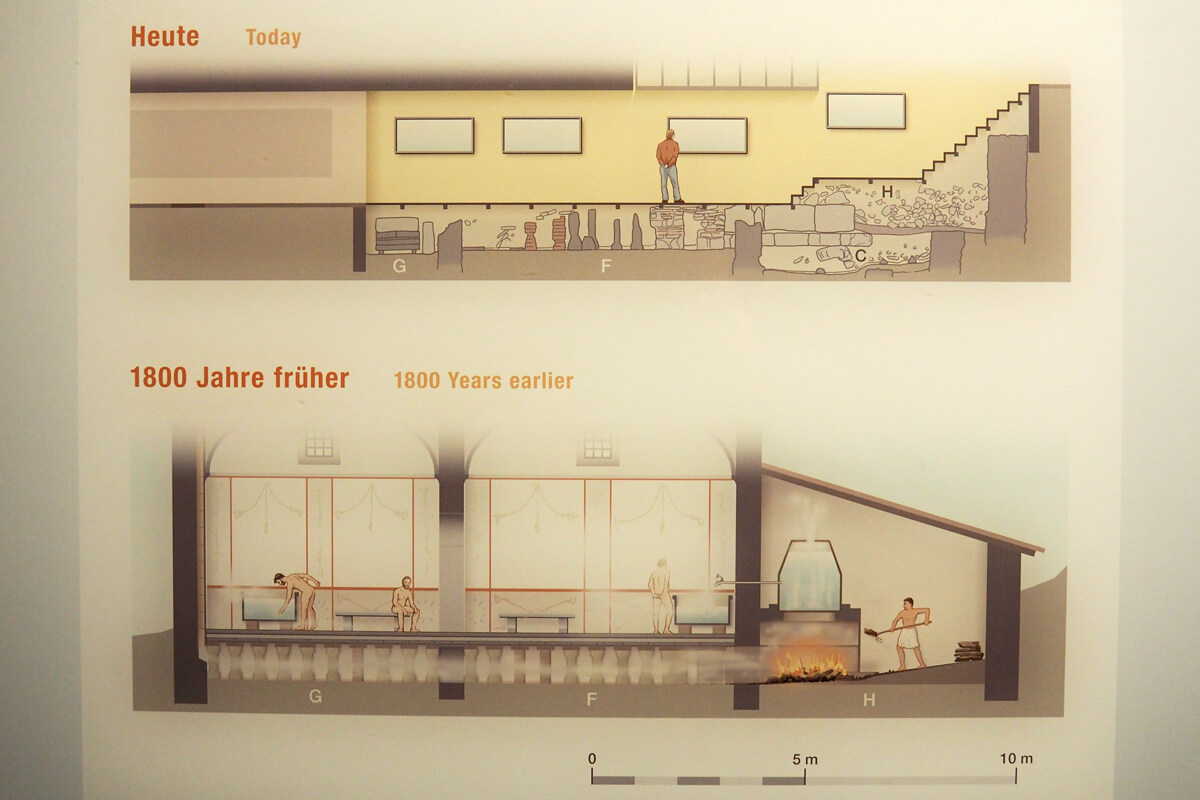
Paint and mosaic fragments found during the excavation of the newer construction suggest a change toward the ornate. This is consistent with the progression of the baths' function throughout the rest of the Empire. However, it is unknown whether the baths of Turicum ever reached the brothel stage in their evolution as they did elsewhere.
In the 4th century AD, as the Roman Empire became increasingly threatened from inside and out, a citadel was built on Lindenhof hill as a defensive measure. The Roman population of Turicum began to decrease as military and administrative functionaries were called back to Rome. The baths fell into disuse until the 15th century when they were renovated and comprised at least three public bath halls and a steam room.
Prudish attitudes during the Reformation soon ended the lascivious practice of bathing in front of one's neighbors with its perceived potential for debauchery. The chore of keeping oneself clean was banished to nightly visits to nearby outdoor fountains or indoors to bedrooms stocked with a pitcher and bowl for quick "cat-baths" – those with room and meant enough for a tub painstakingly filled it for a good scrubbing every two weeks, or, more likely, just once a month.
Zürich's remaining open-minded citizens took their bathing custom to nearby Baden, which had its hot springs, a more relaxed attitude towards social bathing, and a well-stocked pool, as it were, of prostitutes.
The Roman bathhouse is one of Zurich's best-kept secrets. It gives a good idea of what it was like to visit a Roman bath 100 years AC. The site can be accessed around the clock, free of charge.
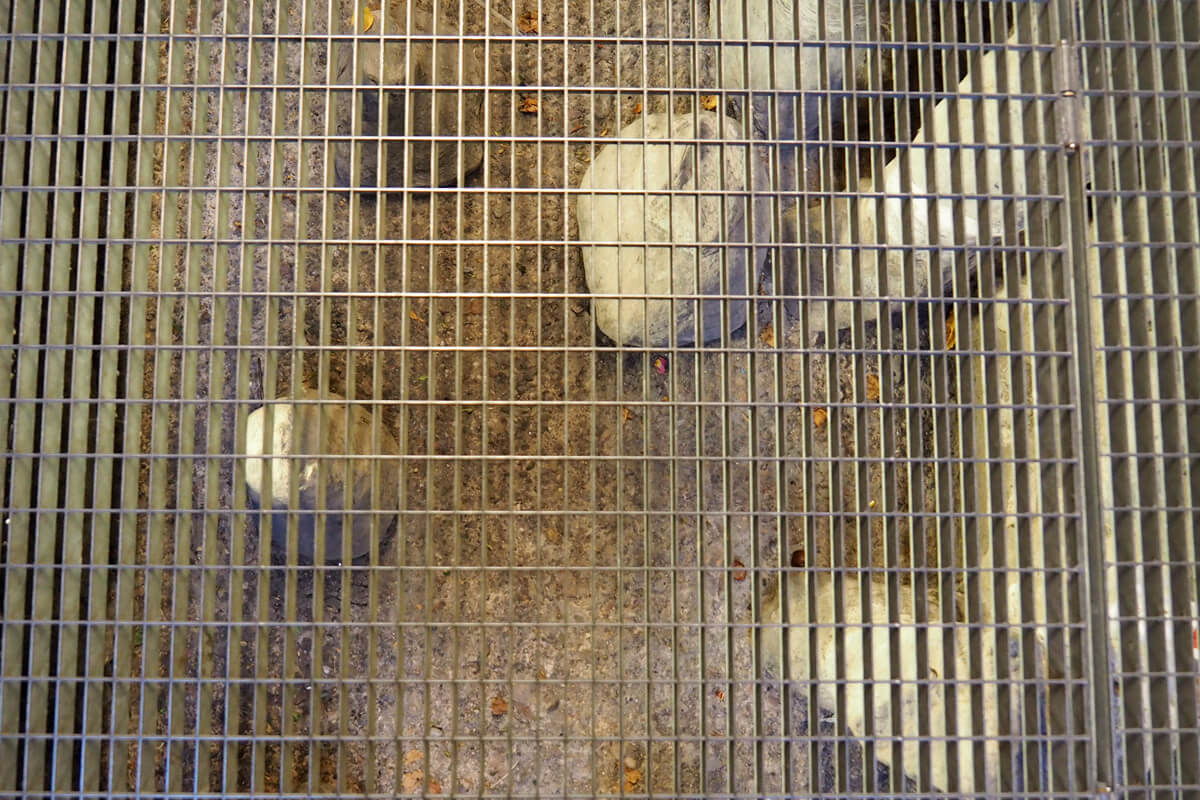
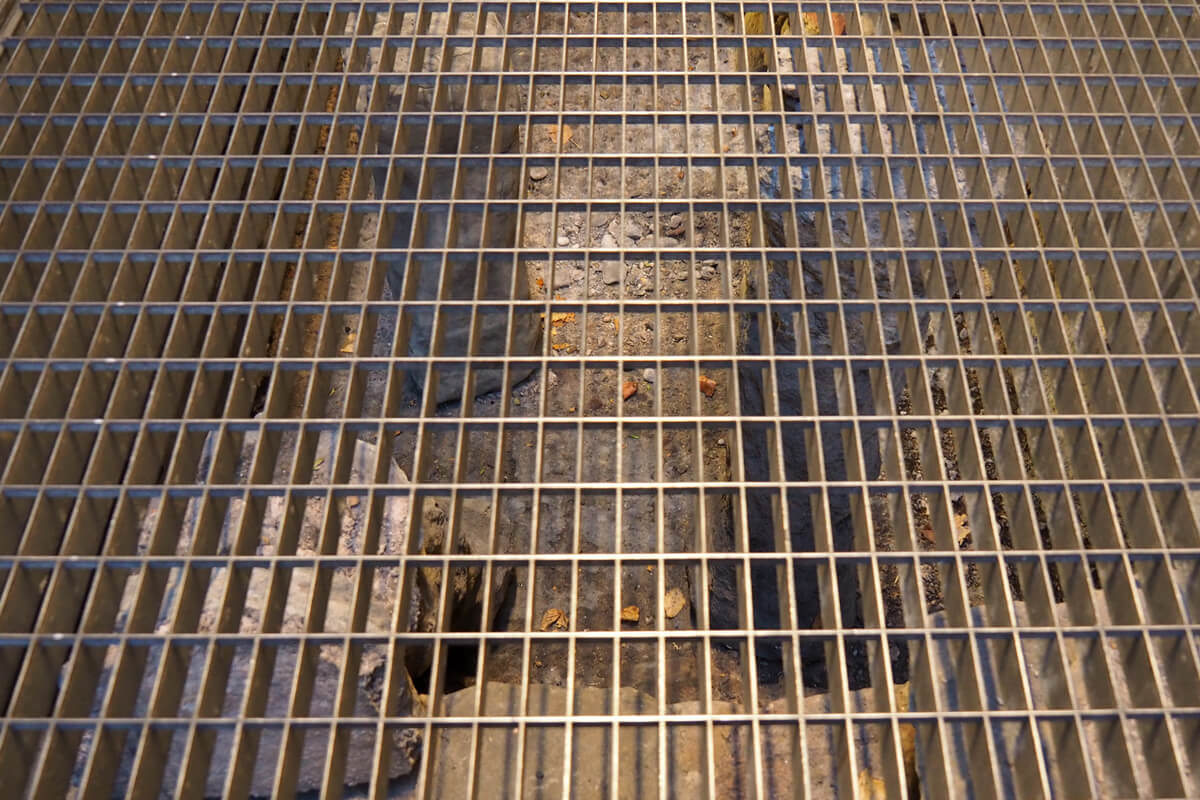
There are also other Roman archaeological sites in Zurich for those with more time on their hands.
See an original Medieval sewer in the Ehgraben, or the foundation walls of the Roman castle below Lindenhof. You need to obtain the keys from the Baugeschichtliches Archiv at Neumarkt for both, but admission is free. The entrance to the walls is at Lindenhof 4.
And finally, you could visit the Kreuzgang of St. Peter or the crypt of Fraumünster to learn about Felix and Regula, the patron saints of Zürich.
(Tour inspired by emailed information from Mr. Stefan Grimm.)
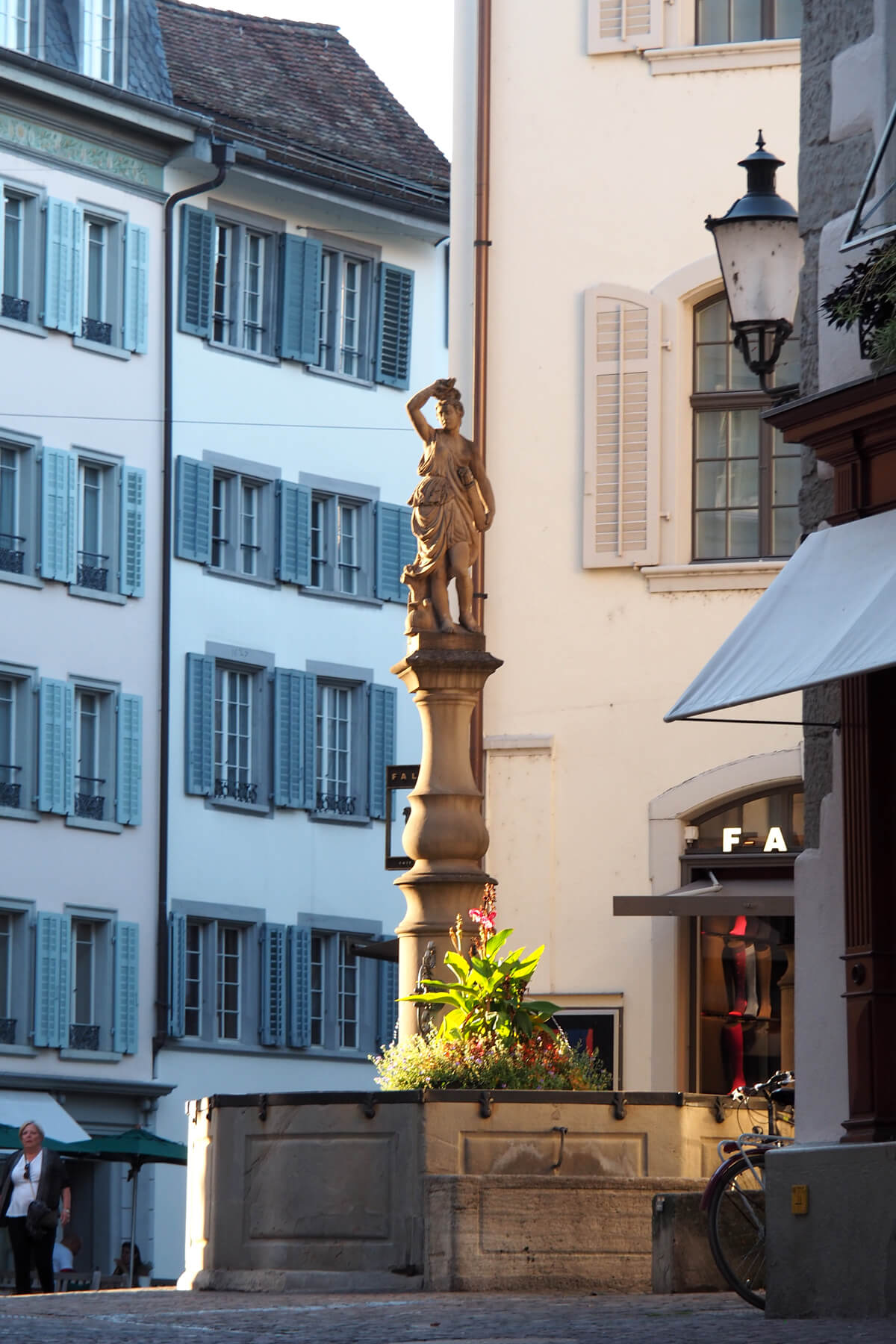

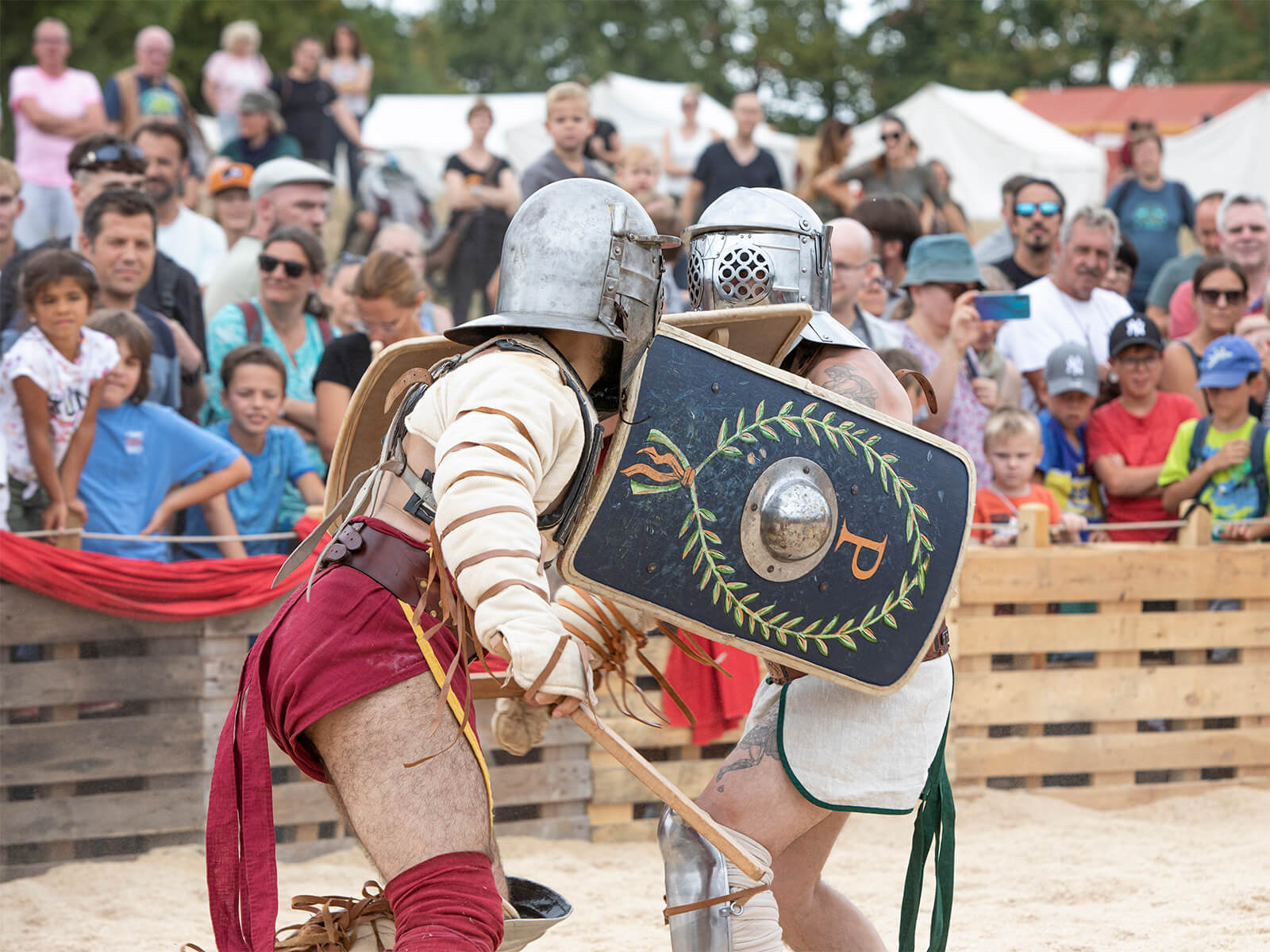
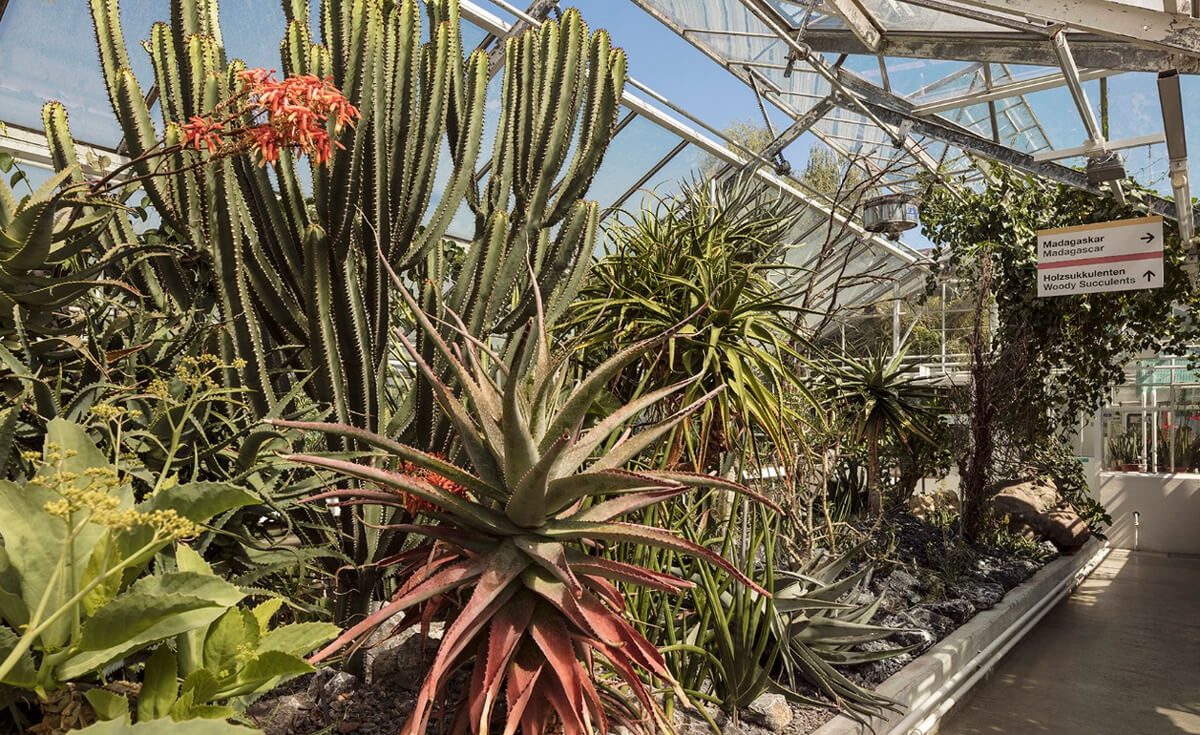



Add comment